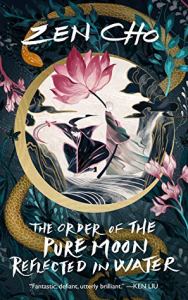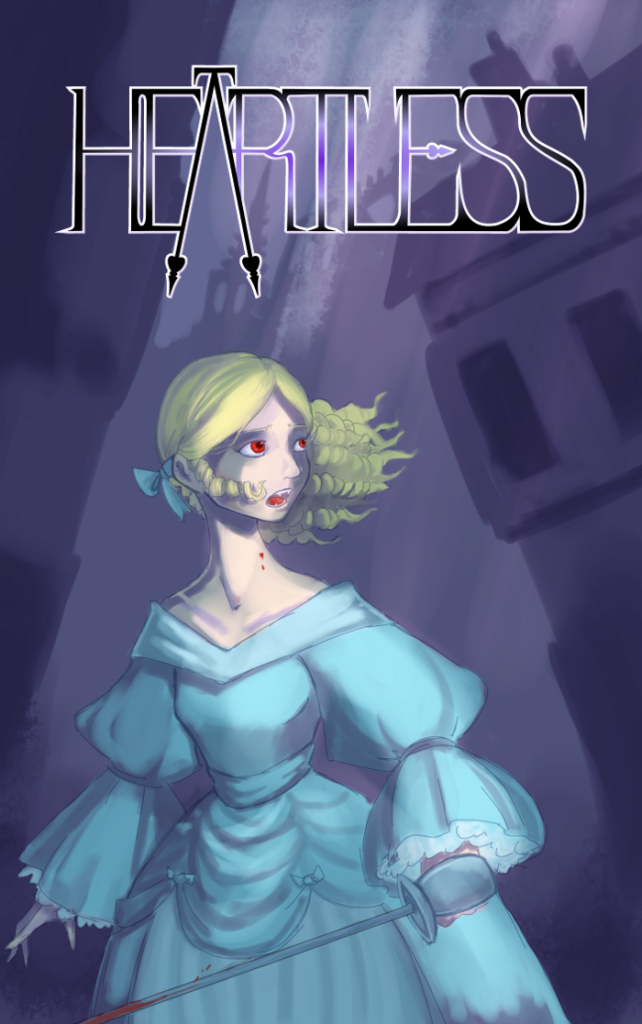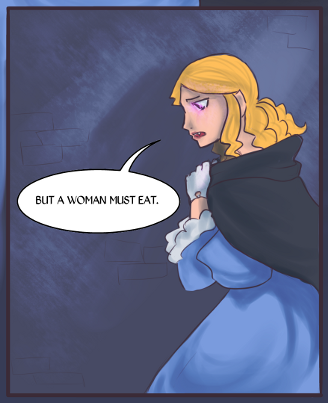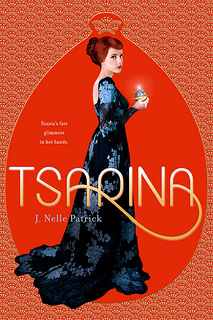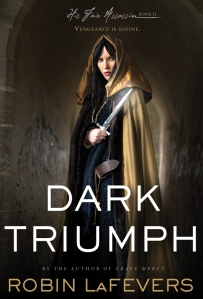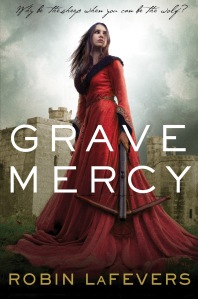Title: The Order of the Pure Moon Reflected in Water
Author: Zen Cho
Genre: Historical Fantasy
Trigger Warnings: War (mentions), violence, blood, death, genocide (mentions), sexual harassment (brief), gun violence, deadnaming
Back Cover:
Zen Cho returns with The Order of the Pure Moon Reflected in Water, a found family wuxia fantasy that combines the vibrancy of old school martial arts movies with characters drawn from the margins of history.
A bandit walks into a coffeehouse, and it all goes downhill from there. Guet Imm, a young votary of the Order of the Pure Moon, joins up with an eclectic group of thieves (whether they like it or not) in order to protect a sacred object, and finds herself in a far more complicated situation than she could have ever imagined.
Review:
This is a confusing little book. Not so much in the story, but in the details and context that aren’t actually in the story and that I only found while researching for this review. So there’s two parts to this review: What I thought of what’s contained between the covers, and the context that somehow didn’t end up in the book itself.
The Book
This book is very short – just under 4 hours in audiobook form, 176 pages according to The StoryGraph. It reads a lot more like a long fairy tale or folktale than a novel or novella. There is no urgency to the plot, the story is straightforward with only two minor events that could even be possibly considered twists (only one of which actually affects anything), and the characters are brief sketches more than fully realized people.
I think part of the problem was trying to pack so much into so little. This book is so short that there isn’t a lot of space for developing anything, and yet there is some kind of East Asian vaguely-fantasy setting, Guet Imm the nun and 4-6 bandit characters (I can’t remember how many exactly), and a journey plot that takes the group from where they met Guet Imm to a town to sell some goods and then to a third town to meet with a person. None of it gets fleshed out because there just isn’t time.
That said, I did actually enjoy this book. I’ve read a fair number of folktales, and reading it like a folktale – without the modern novel expectations of worldbuilding and character development and such – it was fairly enjoyable. It deals with a lot of heavy topics but doesn’t have enough development to get too serious, and the characters are fine to follow around without getting invested enough to feel too upset when they get hurt. It’s not the kind of book that becomes a favorite, but it was a perfectly acceptable reading experience.
Things I Learned While Researching For This Review
When doing my usual preliminary research for this review, I discovered Zen Cho’s website, where I learned there is some depth and context to the story that somehow didn’t make it into the book itself.
To start with, the back cover describes it as a “wuxia fantasy.” Wuxia is a Chinese fiction genre, so I assumed that the story was set in China, despite Gwet Imm not being a Chinese name. However, according to the author, the book is actually set in Malaysia – specifically during the Malaysian Emergency, a guerrilla war between the British and Malaysian independence fighters between 1948 and 1960. Which explains several things:
- The jungles that they keep walking through, as there are a lot more jungles in Malaysia than China.
- The “secret war” (obviously guerrilla warfare now that I have the context) that is mentioned but never encountered.
- The soldiers who are a different ethnicity from the native people and do things like destroy temples and genocide people.
- The “bandits” who are native people and part of the secret war by hiding in the jungles and attacking the soldiers.
I wish this book had been longer. With this context, there is so much that could have been done with the story that just didn’t happen. I didn’t even put together that there was a guerilla war going on in the background, let alone that this was a people fighting for their independence from a colonial power. Heck, I didn’t even work out that this was set in Southeast Asia and not some fantasy version of China. The limited length of this story did it a disservice, and there could have been so much more depth and interest to this story if it had been allowed to expand beyond sketches of characters on a simple delivery quest. I liked the story for itself, but now that I have the context and see what it could have been, I find myself disappointed by the lost potential.

